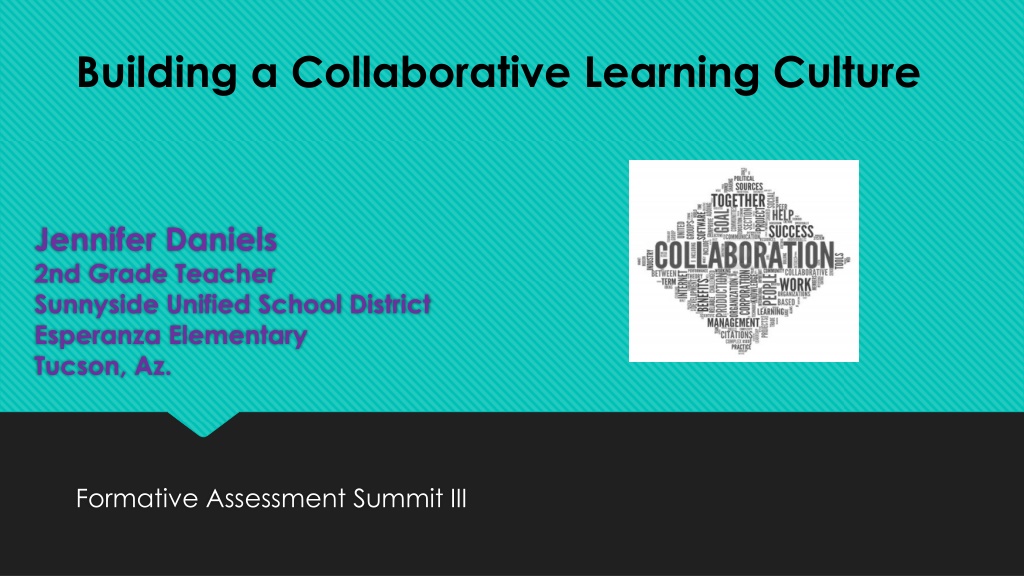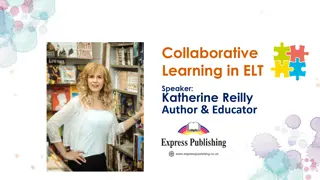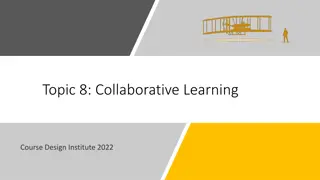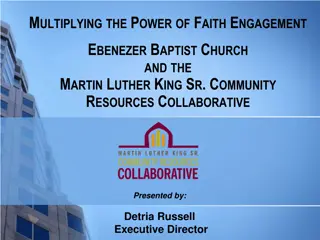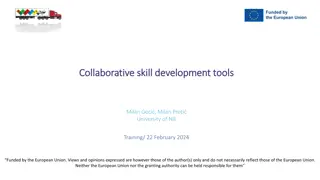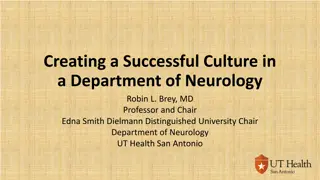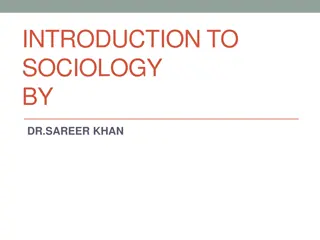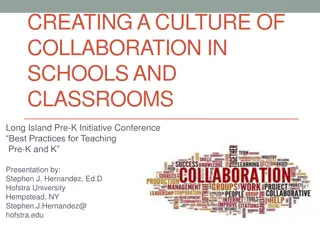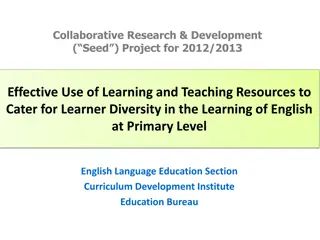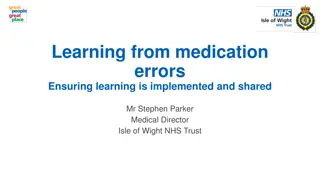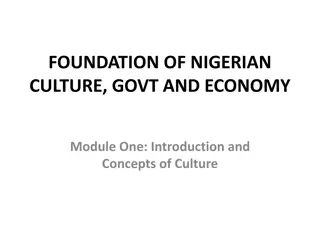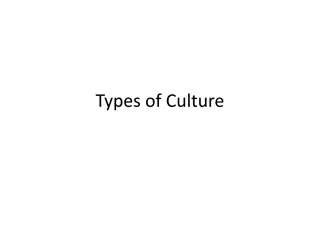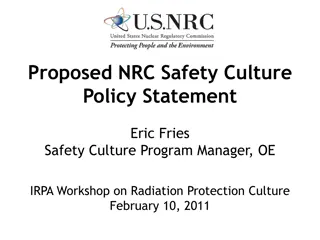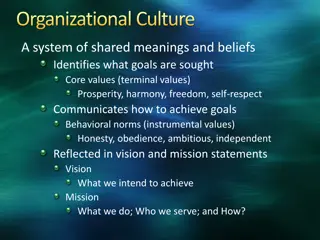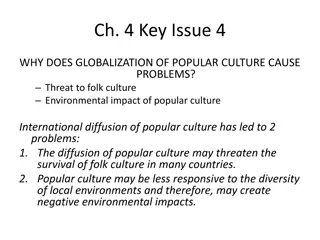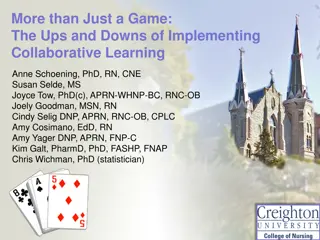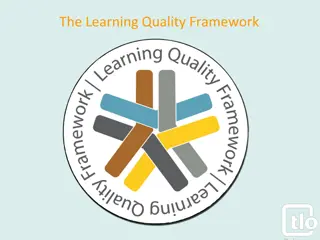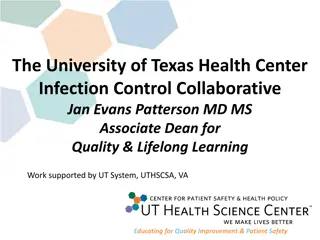Building a Collaborative Learning Culture in Education
Collaborative learning culture is essential for creating respectful, active, and growth-oriented classrooms. Establishing norms and protocols can help students take responsibility for themselves and each other. By incorporating discipline-specific learning strategies like asking questions and engaging in argument from evidence, educators can enhance student participation and understanding. Science talk units, guided by questions like "How do plants grow and survive?" foster collaborative conversations and critical thinking skills based on ELA state standards.
Download Presentation

Please find below an Image/Link to download the presentation.
The content on the website is provided AS IS for your information and personal use only. It may not be sold, licensed, or shared on other websites without obtaining consent from the author. Download presentation by click this link. If you encounter any issues during the download, it is possible that the publisher has removed the file from their server.
E N D
Presentation Transcript
Building a Collaborative Learning Culture Jennifer Daniels 2nd Grade Teacher Sunnyside Unified School District Esperanza Elementary Tucson, Az. Formative Assessment Summit III
Collaborative Learning Culture Goals Build classrooms that are respectful, active, collaborative and growth-oriented Teacher Presence Routines Communication Norms Protocols Group Work Academic Talk
How can norms help my students take responsibility for themselves and each other? Schoolwide and classroom norms are the foundation for respectful behavior among all in the school community. Norms that simply hang on a poster in the classroom or teacher's room will not create a positive school culture; they need to be discussed and used daily to guide interactions and behavior. Students and teachers must understand and own the norms and hold themselves and their peers accountable for the specific behaviors that define those norms. This takes dedicated time, every day. EL Education
How can protocols support my classroom instruction? A protocol consists of agreed upon guidelines that ensure equal participation and accountability. When everyone understands and agrees to using the procedures of the protocol, participants are able to work more effectively both independently and collaboratively. Protocols hold each student accountable and responsible for learning. They teach students how to lead their own learning. EL Education
Disciplinary Learning: Science Asking questions (for science) and defining problems (for engineering) Constructing explanations (for science) and developing designs (for engineering) Engaging in argument from evidence Obtaining, evaluating and communicating information Developing and using models
Science Talk Unit Guiding Question: How do plants grow and survive? Learning Goal: I am learning how to participate in collaborative conversations to share and discuss ideas. ELA State Standards: Recall information from experiences or gather information from provided sources to answer a question Success Criteria: I can use discussion norms. I can add on to what others say. I can ask for clarification and explanation. Ask and answer questions about what a speaker says in order to clarify comprehension, gather information, or deepen understanding of a topic or issue Materials: Research Notebook (Research Notes, Science Talk note catcher, goal setting and reflection) Anchor Charts: What Researchers Do, Science Talk Protocol and Discussion Norms Collaborative Conversation sentence starters Popsicle Sticks Participate in collaborative conversations with diverse partners about grade level topics with peers and adults in small groups.
Structure of the Lesson Science Talk Protocol: Refer to anchor chart and model with students Communicate Learning Goal Communicate Success Criteria: Review Discussion Norms (Anchor Chart) Group students for Science Talk Goal Set (discussion norms) Review Guiding Question: How do plants grow and survive? Science Talk Students refer to previous research/notes for evidence Reflect on goal
How do discussion norms promote productive and equitable conversations? As you watch the video, look for ideas that will help answer the question. Record your ideas on the chart to prepare for a group discussion
Gather in groups of 4 Each participant needs a popsicle stick Use the Science Talk Protocol and Discussion Norms to share and discuss your ideas Use the collaborative conversation sentence starters to build on others ideas and/or ask for further explanation/clarification
Agency Identity Equity
